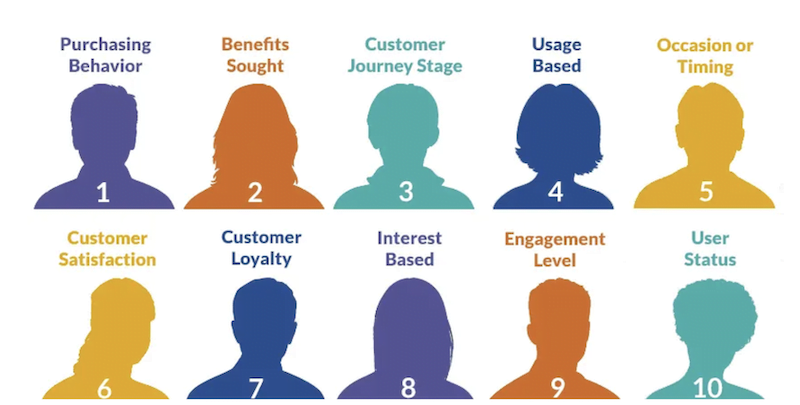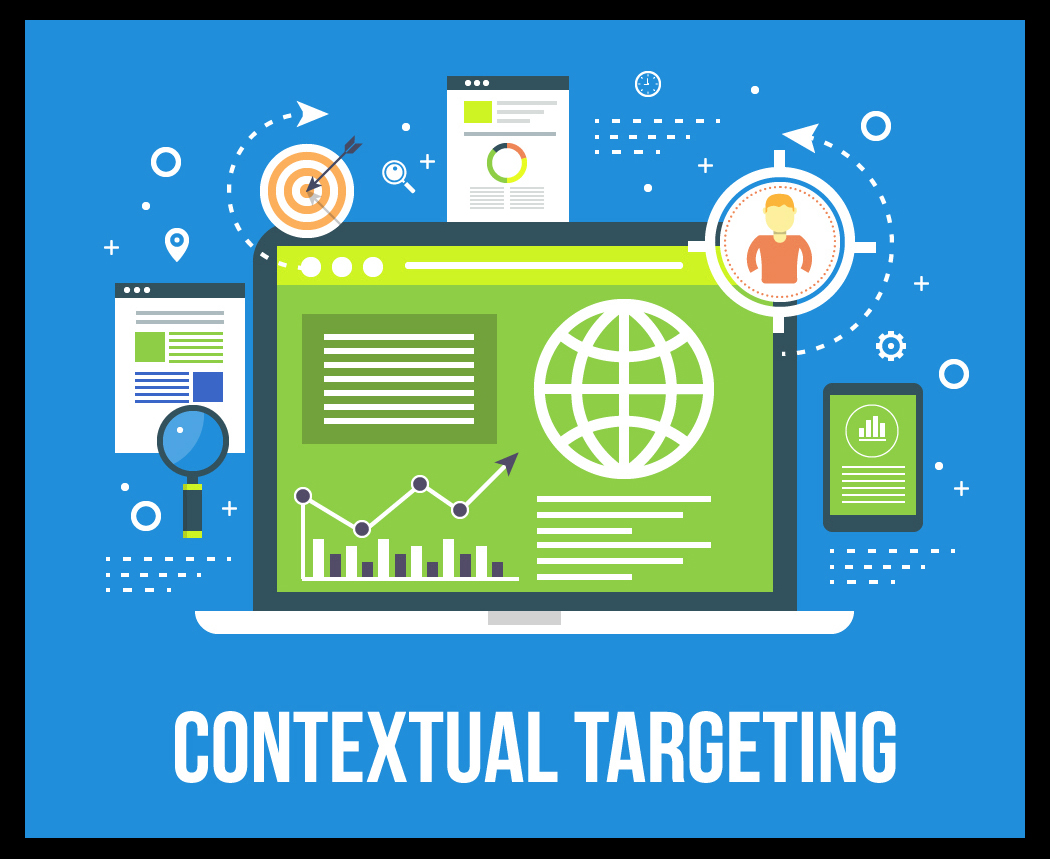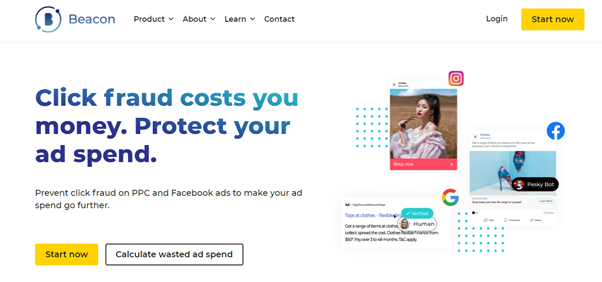People first marketing sees a growth in contextual advertising
With more than a third of consumers “creeped out” with behavioural tracking technology digital marketers are turning back to contextual advertising.
A survey of more than 1,000 adults aged 18+ in the UK were surveyed by The Harris Poll on behalf of GumGum also found that 31% of respondents “felt violated” by the use of behavioural tracking to deliver advertising to them on the internet.
Interestingly – and encouraging for digital marketers in the wake of both increased privacy laws like GDPR and the upcoming removal of all third party cookies from internet browsers – more than three quarters of the survey’s subjects said they were more comfortable seeing ads online that aligned with the digital environment.
The survey took place over March 16/17th 2022 and the results were weighted for age within gender, region and education where necessary to align them with their actual proportions within the UK’s population.
GumGum CEO, Phil Schraeder, speaking at AdExchanger’s Industry Preview, said: “We don’t need to know everything or really anything about you in order to deliver a relevant and engaging ad.”
“Digital advertising does not need to rely on behavioural tracking to be effective. In fact, as advertisers, people’s data is none of our business”, he added.
We know behavioural advertising uses personal browser data collected by intermediaries to serve ads to users by assigning them into micro categories.
But with nearly half of all global internet users using ad blockers to avoid online ads, how do marketers deliver relevant and engaging ads that capture people’s attention and inspire them to take action?
Why contextual advertising?
Contextual advertising is once again rising in popularity. It’s the original method for advertising and it’s got a proven record.
It works by matching the content of a webpage with the content of an ad. Instead of using data about the user, the automated system displays relevant ads based on the content of the page.
One of the more well-known examples of contextual advertising is Google AdSense. Google robots automatically serve ads that are relevant to your users. For example, if you run a movie review blog, AdSense might serve contextual ads to buy movie tickets or sign up for a movie streaming service. The ads are selected from the inventory of advertisers who register through Google Ads.
Behavioural advertising gives you smaller targets
Behavioural advertising is expected to become the next frontier of contextual advertising. This targets the end user based on their behaviour, not just on their stated preferences and uses data from the ways your audience members engage with your business.
The graphic below, from Pointillist, shows how patterns of behaviour displayed by customers as they interact with a company/brand or make a purchase decision can be used to divide them into groups according to their knowledge of, attitude towards, use or, or response to a product, service or brand.

This can include things like how they behave on search engines or on your website, how they engage with your adverts, landing pages or emails and how often that leads to a purchase. It allows you to identify high performing ad strategies for specific groups of customers.
Interestingly, one travel company, Orbitz, targets its search results based on whether the user was on a Mac or a PC. The strategy is based on the website’s tracking research, which indicated that its Mac customers spend up to 30 percent more on travel than its Windows clientele.
Orbitz confirmed that the company had experimented with highlighting different hotel offers to Mac and PC users. However, it pointed out the company wasn’t showing different prices for the same room and that users could choose to rank hotel results by price.
Why Segment Customers by Behaviour?
Grouping customers into segments based on their behaviours gives some clear advantages:
- Personalisation. Understand how different groups of customers should be targeted with different offers, at the most appropriate times through their preferred channels, to effectively help them advance towards successful outcomes in their journeys.
- Predictive. Use historical behavioural patterns to predict and influence future customer behaviours and outcomes.
- Prioritisation. Make smarter decisions on how to best allocate time, budget and resources by identifying high-value customer segments and initiatives with the greatest potential business impact.
- Performance. Monitor growth patterns and changes in key customer segments over time to gauge business health and track performance against goals. At a high level, this means quantifying the size and value of customer segments, and tracking how “positive” and “negative” segments are growing or shrinking over time.
Marketers have an opportunity to rebuild the digital advertising landscape for the benefit of all by delivering relevant and engaging ads that capture consumers’ attention and inspire them to act – without zeroing in on tracking their every move.
The death of third-party cookies means marketers can come up with strategies that give the best results for advertisers, agencies, adtech providers, publishers, and – most important of all – the customer.
Start with Veracity
Get started with Veracity by taking advantage of a free traffic audit on your paid campaigns.
With click fraud detection and mitigation across search and social, Veracity feeds other parts of the Martech stack with better quality data, to enable improved analytics, decision-making and results.
For this digital agency client, Veracity detected bot activity on the campaigns at an average of 28% and this reduced to 16% bot activity just two weeks into using Veracity following the traffic audit.
That’s 12% more humans engaging with their ads, resulting in an uplift in conversions and 25% increase in cost per visitor.


